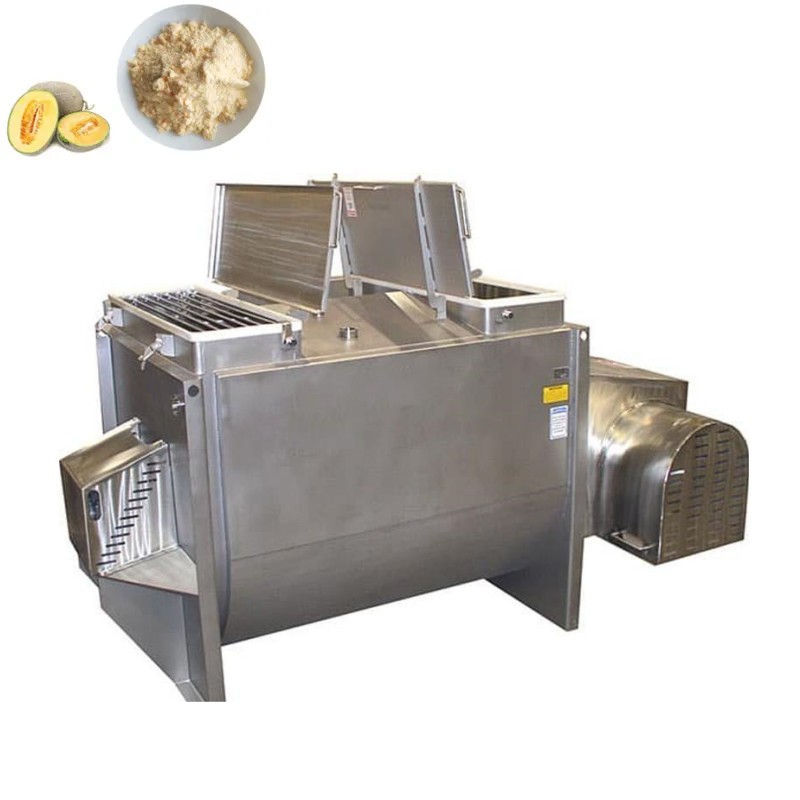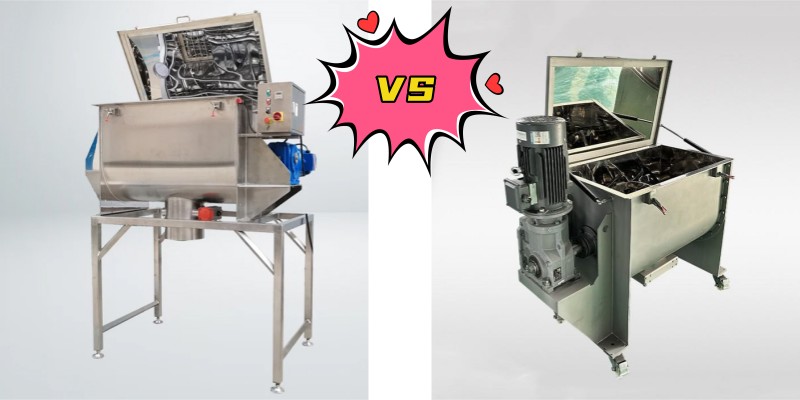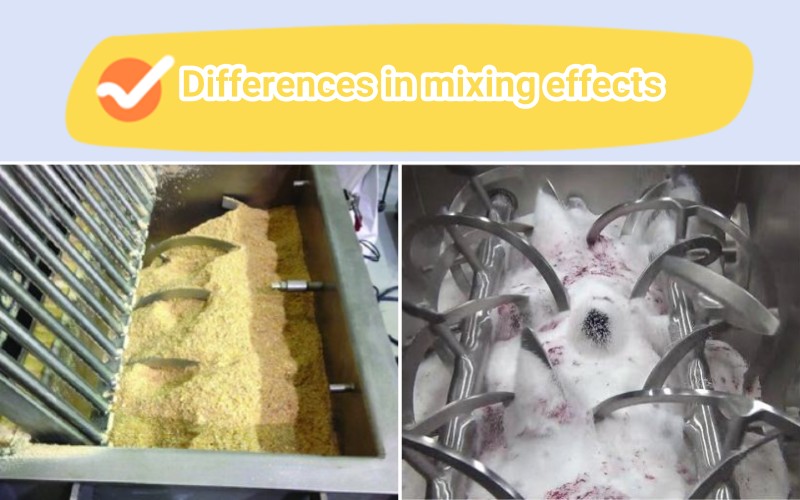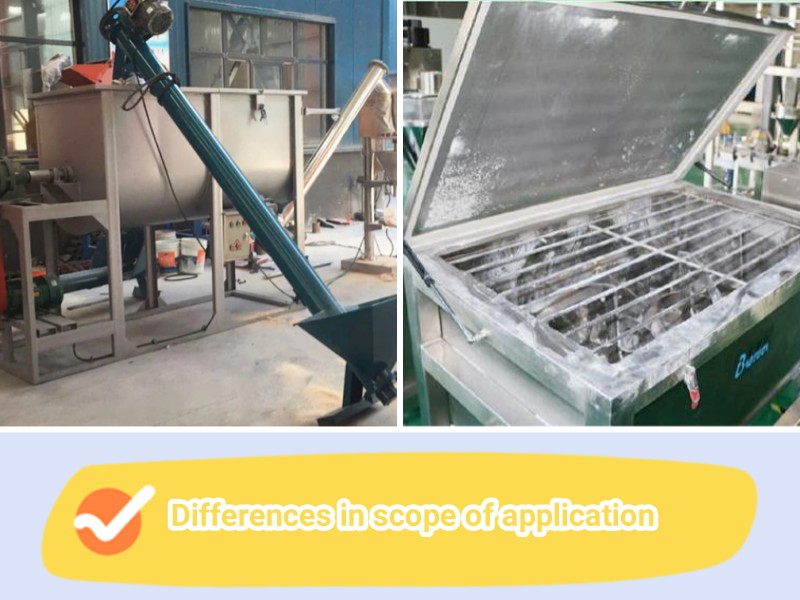Vertical mixer and horizontal mixer are common mixing equipment. They have some differences in structure, working mode and scope of application. This article will detail the differences between vertical mixers and horizontal mixers.


First of all, the structural feature of the vertical mixer is that the main shaft is perpendicular to the ground, and the mixing barrel is located above the main shaft. Mixing barrels usually have a cylindrical or conical shape and are equipped with stirring blades or stirring arms inside. When the vertical mixer is working, the mixing blades or mixing arms stir and mix the materials through the rotation of the main shaft. The advantages of vertical mixers are compact structure and small footprint, making them suitable for small production sites.

In contrast, the structural feature of a horizontal mixer is that the main shaft is parallel to the ground and the mixing barrel is located on one side of the main shaft. Mixing barrels usually have a cylindrical or oval shape and are also equipped with stirring blades or stirring arms inside. When the horizontal mixer is working, the mixing blades or mixing arms stir and mix the materials through the rotation of the main shaft. The advantages of horizontal mixers are that they are easy to operate, easy to clean and maintain, and are suitable for large production sites.

Secondly, the mixing effects of vertical mixers and horizontal mixers are also different. Since the mixing barrel of the vertical mixer is located above the main shaft, the material is less affected by gravity during the mixing process and the mixing effect is relatively weak. Vertical mixers are suitable for materials that do not require high mixing effects, such as simple mixing of granular or powdery materials. In the horizontal mixer, because the mixing barrel is located on one side of the main shaft, the material is greatly affected by gravity during the mixing process, and the mixing effect is relatively good. Horizontal mixers are suitable for materials that require higher mixing effects, such as uniform mixing of powdery or viscous materials.

In addition, vertical mixers and horizontal mixers also differ in their scope of application. Vertical mixers are suitable for small batch production and laboratory use, and are commonly used in pharmaceutical, chemical and food industries. Vertical mixers can carry out small-scale testing and research and development work, and facilitate the adjustment and optimization of process parameters. Horizontal mixers are suitable for mass production and industrial production, and are commonly used in pharmaceutical, chemical, building materials and metallurgical industries. Horizontal mixers can meet the needs of large-scale production and improve production efficiency and product quality.

To sum up, there are some differences between vertical mixers and horizontal mixers in terms of structure, working method and scope of application. The main shaft of the vertical mixer is perpendicular to the ground and is suitable for small production sites and simple mixing; while the main shaft of the horizontal mixer is parallel to the ground and is suitable for large production sites and mixing with higher requirements. Choosing a suitable mixer needs to be determined based on factors such as production scale, mixing effect, and material characteristics to achieve the best mixing effect and production efficiency.
Address:China,Yanjin county forest park gate to the west 1000 meters north road.